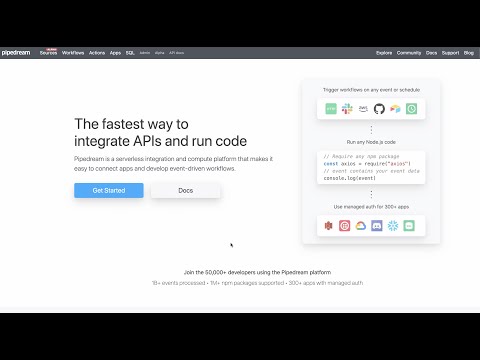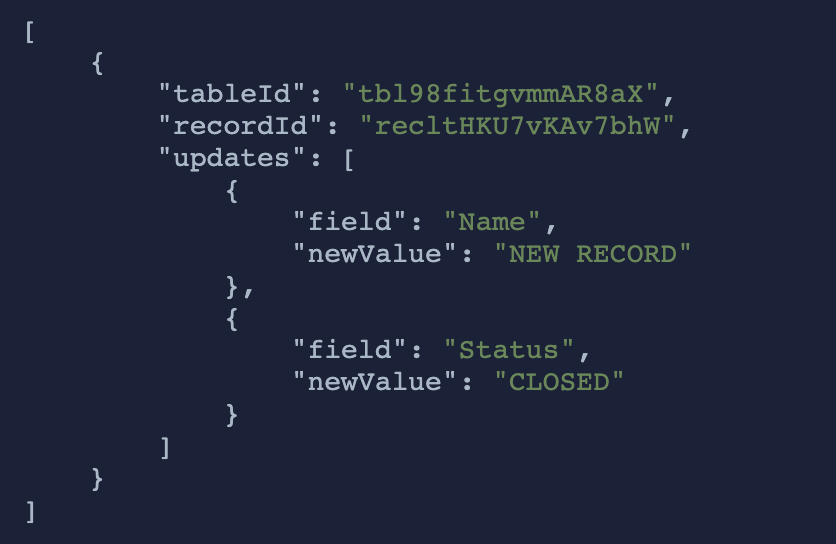What do you want to automate
with VBOUT and Slack?
Prompt, edit and deploy AI agents that connect to VBOUT, Slack and 2,800+ other apps in seconds.
Trusted by 1,000,000+ developers from startups to Fortune 500 companies
Popular Ways to Connect VBOUT with Slack#
Popular VBOUT and Slack Triggers#
Emit new event when a new message is posted to one or more channels
Emit new event for each new property changed in a specific contact. See docs here
Emit new event for each new social media message. See docs here
Popular VBOUT and Slack Actions#
This action move a contact to a specific list. See the docs here
This action add a specific list to a contact. All emails having the same email text available in the provided list will be updated if exists See the docs here
Send a message to a public or private channel. See the documentation
This action add a custom activity to the contact. See the docs here
Send a message to a user, group, private channel or public channel. See the documentation
Overview of VBOUT#
The VBOUT API unlocks the potential to automate your marketing stack, leveraging Pipedream's capabilities for seamless integrations with other services. With VBOUT, you can manage contacts, automate email campaigns, track user actions, and analyze performance data. Pipedream enhances this by allowing you to capture events in real-time, process data with serverless code, and connect with countless apps to extend your marketing automation workflows.
Connect VBOUT#
import { axios } from "@pipedream/platform"
export default defineComponent({
props: {
vbout: {
type: "app",
app: "vbout",
}
},
async run({steps, $}) {
return await axios($, {
method: "post",
url: `https://api.vbout.com/1/app/me.json`,
headers: {
"Content-Type": `application/json`,
},
params: {
key: `${this.vbout.$auth.api_key}`,
},
})
},
})
Overview of Slack#
The Pipedream app for Slack enables you to build event-driven workflows that interact with the Slack API. Once you authorize the app's access to your workspace, you can use Pipedream workflows to perform common Slack actions or write your own code against the Slack API.
The Pipedream app for Slack is not a typical app. You don't interact with it directly as a bot, and it doesn't add custom functionality to your workspace out of the box. It makes it easier to automate anything you'd typically use the Slack API for, using Pipedream workflows.
- Automate posting updates to your team channels
- Create a bot to answer common questions
- Integrate with your existing tools and services
- And much more!
Connect Slack#
import { axios } from "@pipedream/platform"
export default defineComponent({
props: {
slack: {
type: "app",
app: "slack",
}
},
async run({steps, $}) {
return await axios($, {
url: `https://slack.com/api/users.profile.get`,
headers: {
Authorization: `Bearer ${this.slack.$auth.oauth_access_token}`,
},
})
},
})
Related Videos#


Community Posts#
